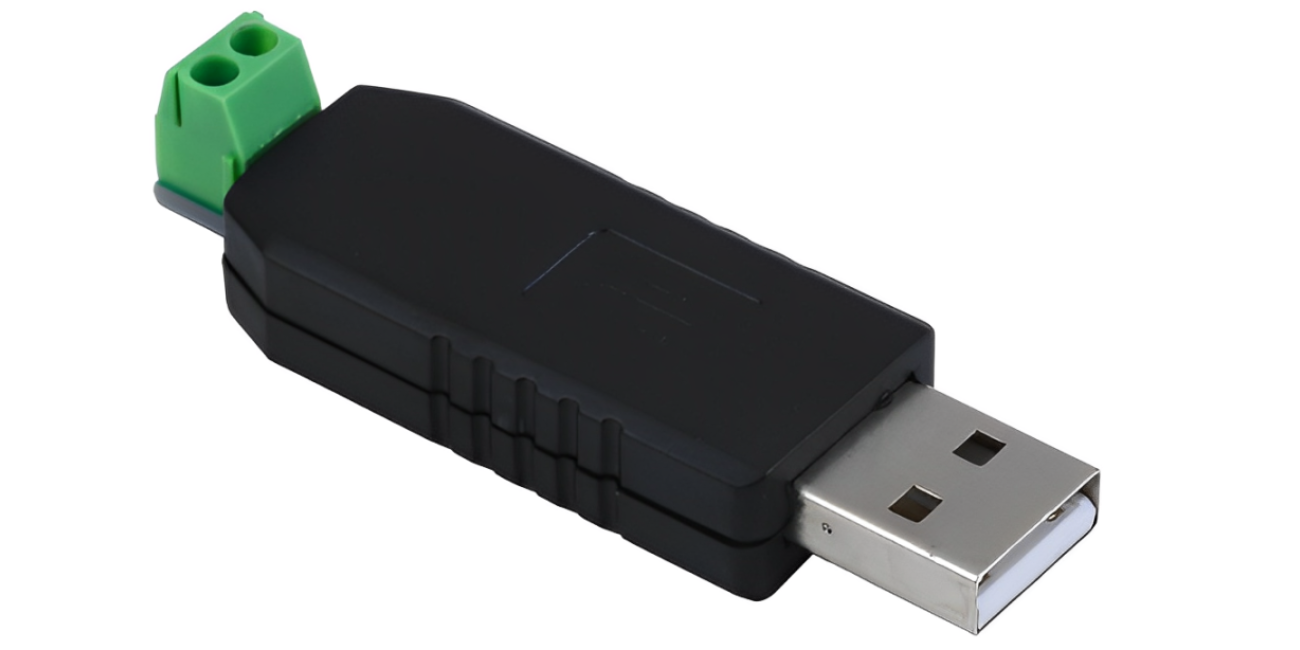Bridging the Gap: Understanding the PL2303-Based USB to RS485 Converter
In today's interconnected world, seamless communication between various devices is paramount. While USB has become the ubiquitous standard for connecting peripherals to computers, many industrial and legacy systems still rely on the robust and long-distance capabilities of the RS485 serial communication protocol. This is where the USB to RS485 converter, often built around the reliable PL2303 chipset, steps in as a crucial bridge.
This blog post delves into the functionality, benefits, and applications of the PL2303-based USB to RS485 converter, highlighting why it remains a popular choice for engineers, hobbyists, and industrial professionals alike.
Understanding RS485: The Backbone of Industrial Communication
Before diving into the converter itself, it's essential to understand the significance of RS485. Unlike USB's relatively short-range and point-to-point communication, RS485 is a differential, multi-drop serial communication standard. This means:
- Long-Distance Communication: RS485 can reliably transmit data over distances of up to 1200 meters (4000 feet), making it ideal for large industrial environments.
- Multi-Device Networking: Multiple devices can be connected on the same bus, allowing for efficient communication with numerous sensors, actuators, and controllers.
- Noise Immunity: The differential signaling method makes RS485 highly resistant to electromagnetic interference (EMI), a common challenge in industrial settings.
- Robustness: RS485 transceivers are designed to withstand harsh electrical environments.
These characteristics make RS485 the go-to protocol for applications like industrial automation, building control systems, security systems, and data acquisition.
The Role of the PL2303 Chipset: A Reliable Bridge
The PL2303 is a popular and cost-effective USB-to-serial bridge controller IC manufactured by Prolific Technology Inc. It acts as the intelligent intermediary, handling the complex task of converting data between the USB interface of a computer and the asynchronous serial data format required by RS485 transceivers.
Key features of the PL2303 chipset that contribute to its widespread use in USB to RS485 converters include:
- Simple Integration: The PL2303 requires minimal external components, simplifying the design and reducing the overall cost of the converter.
- Wide Operating System Compatibility: Drivers are readily available for various operating systems, including Windows, macOS, and Linux, ensuring broad compatibility.
- High Data Transfer Rates: The PL2303 supports various baud rates, allowing for efficient data exchange depending on the application requirements.
- Low Power Consumption: This is particularly important for portable or battery-powered applications.
How the PL2303-Based USB to RS485 Converter Works
A typical PL2303-based USB to RS485 converter essentially comprises the PL2303 chip and an RS485 transceiver. Here's a simplified breakdown of the process:
- USB Connection: The converter connects to a computer's USB port. The PL2303 chip receives data from the computer in USB format.
- USB to Serial Conversion: The PL2303 chip converts the USB data into asynchronous serial data (typically UART - Universal Asynchronous Receiver/Transmitter) with specific parameters like baud rate, data bits, parity, and stop bits.
- RS485 Transceiver Interface: The serial data from the PL2303 is then fed to an RS485 transceiver chip. This transceiver handles the differential signaling required by the RS485 standard, converting the single-ended serial signals into differential signals for transmission over the RS485 bus.
- RS485 Communication: The differential signals are transmitted over a twisted-pair cable to other RS485 devices on the network. The receiving RS485 transceiver converts these differential signals back to single-ended serial data, which is then processed by the receiving device's microcontroller or communication interface.
- Reverse Communication: The process works in reverse for data being sent from an RS485 device back to the computer.
Benefits of Using a PL2303-Based USB to RS485 Converter
Employing a PL2303-based USB to RS485 converter offers several advantages:
- Easy Integration: It provides a straightforward way to connect RS485 devices to computers without requiring complex hardware configurations or specialized serial ports.
- Cost-Effective Solution: PL2303 chips are relatively inexpensive, making these converters a budget-friendly option.
- Portability: USB converters are typically compact and portable, making them convenient for on-site configuration, diagnostics, and data logging.
- Versatile Applications: They can be used in a wide range of applications, from industrial control and automation to home automation and hobbyist projects.
- Driver Support: The readily available drivers ensure compatibility with most modern operating systems.
Applications Across Industries
The versatility of the PL2303-based USB to RS485 converter makes it indispensable in various fields:
- Industrial Automation: Connecting PLCs (Programmable Logic Controllers), motor drives, sensors, and other industrial equipment for monitoring and control.
- Building Automation: Integrating HVAC systems, lighting controls, and security systems.
- Data Acquisition: Collecting data from remote sensors and instruments.
- Point of Sale (POS) Systems: Connecting barcode scanners, receipt printers, and other peripherals.
- Security Systems: Interfacing with access control systems and surveillance equipment.
- Embedded Systems Development: Debugging and communicating with embedded microcontrollers and development boards.
- Modbus Communication: Enabling communication with devices using the widely adopted Modbus industrial protocol.
Choosing the Right Converter
When selecting a PL2303-based USB to RS485 converter, consider the following factors:
- Isolation: For electrically noisy environments, opt for converters with galvanic isolation to protect your computer from voltage surges and ground loops.
- Termination Resistors: Some converters come with built-in termination resistors, which are crucial for reliable long-distance RS485 communication. Ensure the converter either has them or allows for easy connection of external resistors.
- LED Indicators: Status LEDs for power, data transmission (TX), and data reception (RX) can be helpful for troubleshooting.
- Form Factor and Mounting: Choose a converter with a suitable form factor and mounting options for your specific application.
- Operating Temperature Range: If the converter will be used in extreme temperature conditions, ensure it is rated for the appropriate range.
Conclusion
The PL2303-based USB to RS485 converter serves as a vital link between the modern USB interface and the robust world of RS485 serial communication. Its ease of use, affordability, and wide compatibility make it an indispensable tool for connecting diverse devices in industrial, commercial, and even hobbyist settings. By understanding its functionality and considering the key features when choosing a converter, users can effectively leverage the power of RS485 communication with the convenience of USB. As industrial automation and interconnected systems continue to evolve, the reliable PL2303-based USB to RS485 converter will undoubtedly remain a crucial component in bridging the communication gap.

